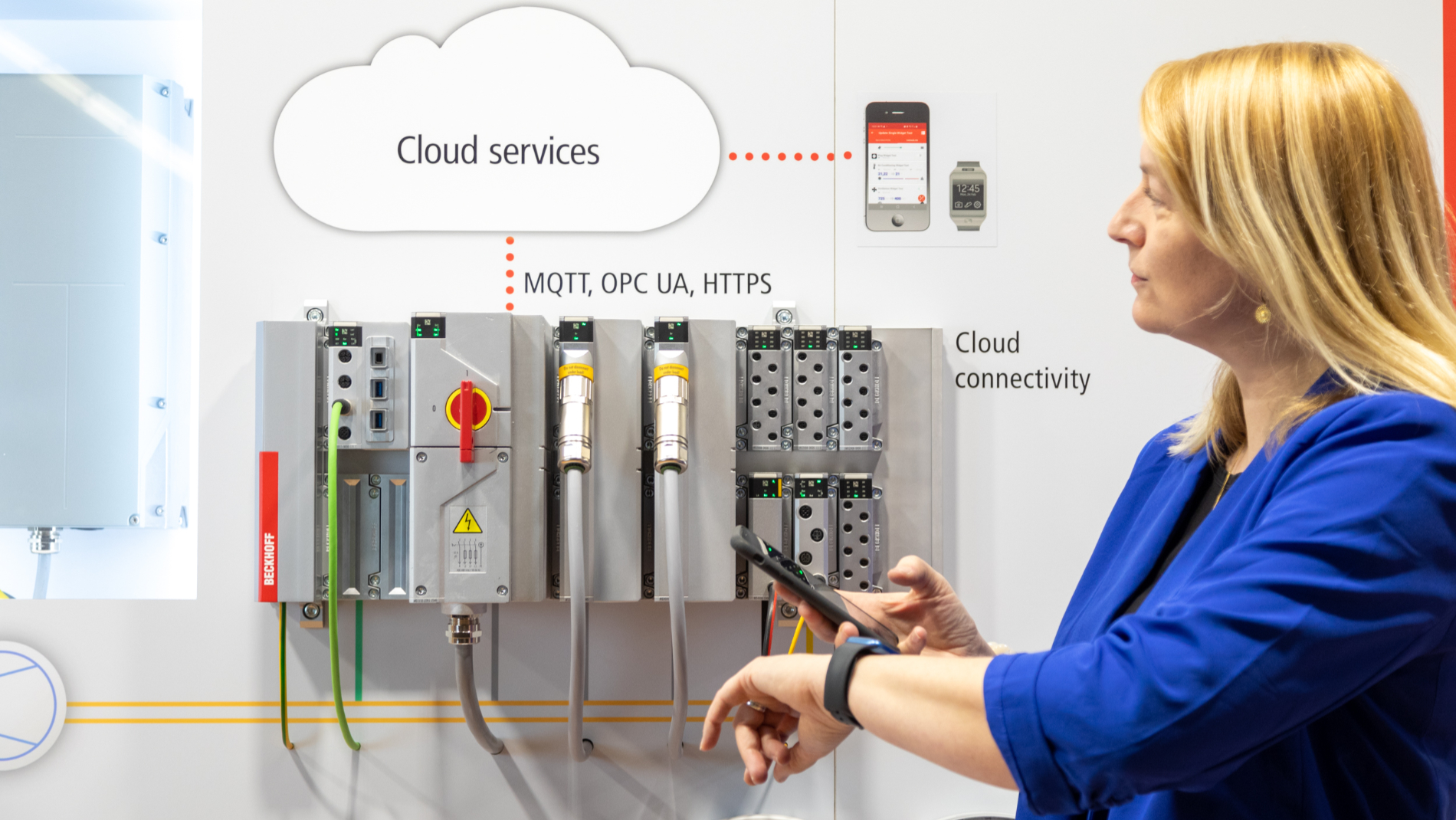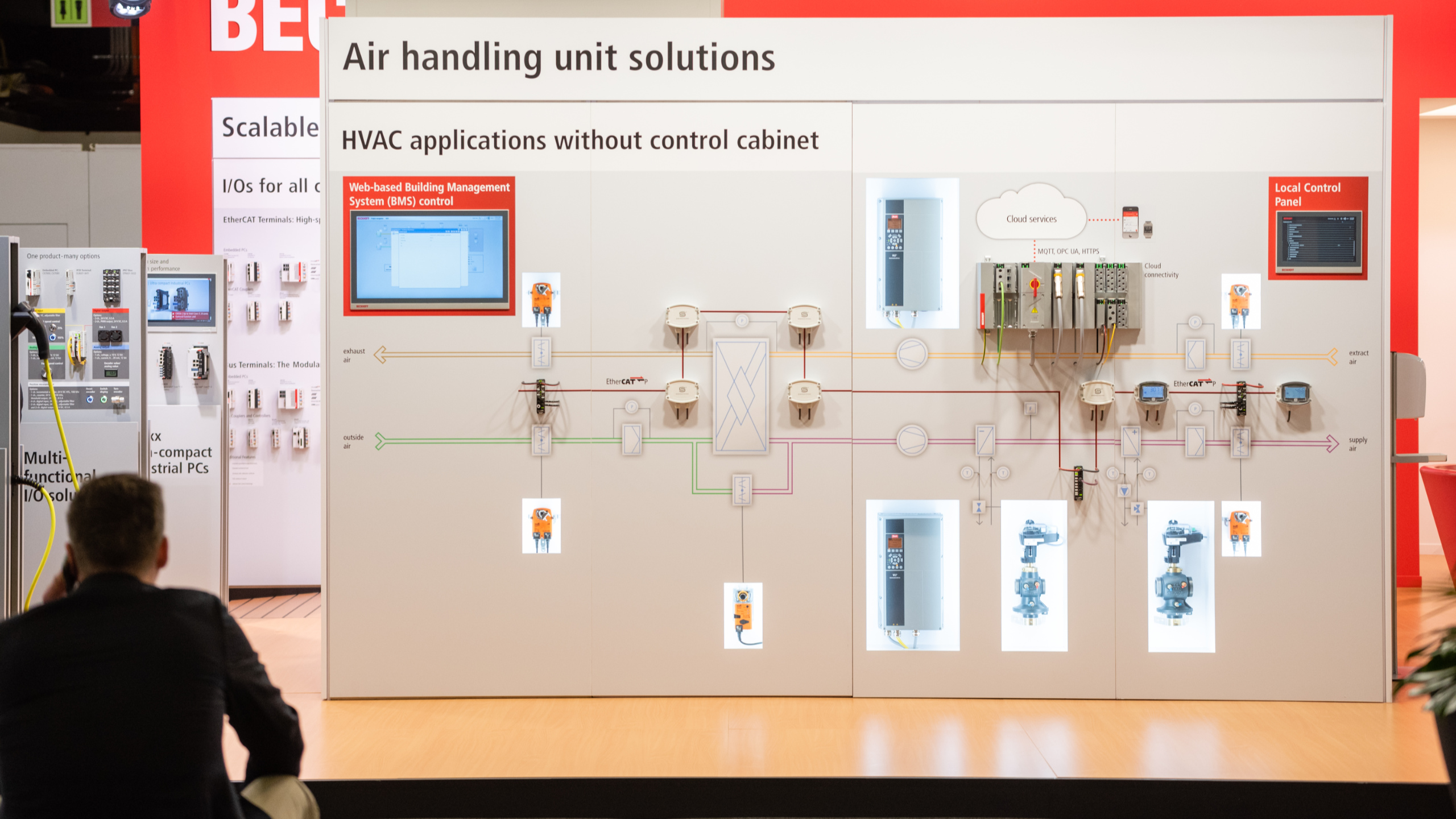Efficiency, safety, security and comfort for smart buildings

The market for building automation is growing continuously. The German Sanitation, Heating and Air-Conditioning Association (ZVSHK) reports an annual increase of around 5 percent, which reflects the growing demand and increasing acceptance of intelligent building technologies. Building automation is the key technology for making modern-building operation more efficient, safe, secure, comfortable and sustainable. It integrates advanced, interoperable systems and technologies for the holistic control and monitoring of all technical aspects of a building, from heating, air conditioning, lighting, security and access control systems to energy and environmental management.
Intelligent building automation not only reduces energy costs but also helps to reduce the ecological footprint. According to ZVSHK, modern building automation technologies can reduce energy consumption by as much as 30 percent and cut operating costs by some 15 to 20 percent. When installed, energy and environmental management systems can also help analyse and reduce energy consumption. Finally, these systems support the integration of renewable energies, such as solar panels and heat pumps, to ensure a sustainable supply of energy.
Discover the latest building-automation innovations at ISH 2025:
Smart solutions for warmth and comfort
A key element of building automation, smart heating-control systems allow room temperatures to be precisely regulated, resulting in significant energy savings. They adapt to user needs and provide convenient and efficient heat distribution. Combined with bus systems for centralised heating-control management, they can be used to implement customised solutions for any building.
Air-conditioning and ventilation control for optimum interior-air quality
Modern air-conditioning and ventilation control systems improve interior air quality by automatically regulating a building's ventilation and air-conditioning. They ensure a comfortable indoor climate, regardless of the weather outside thanks to intelligent sensors that precisely monitor and control both air quality and temperature.
Lighting and shutter control for greater flexibility and energy savings
Lighting control is another part of a holistic building-automation system, which optimises energy consumption by automatically responding to variations in daylight and user patterns. This is complemented by shutter controls, which automatically regulate the amount of incoming light, further reducing energy consumption. In this case, too, interoperable systems provide comprehensive control options for lighting and shutters.
Security and access control systems for maximum building protection
The security systems used in building automation include smart access-control technology with modern surveillance cameras and biometric access control, as well as fire-protection and smoke-ventilation systems. Fire doors, automatic door closers and swing-door drives ensure safety and protection in the event of a fire. Such systems not only guarantee secure access but also a rapid response should an emergency arise.
Monitoring and remote control for greater efficiency
One of the major advantages of building automation is the increase in comfort and user-friendliness offered by remote management. Facility managers or building operators can monitor and control a building's status and performance from remote locations, which permits efficient responses and quick adjustments without their needing to be on site. Residents or users of automated buildings can conveniently control a range of functions via mobile apps or intuitive control panels.
Renewable energies and sustainability in building automation
The integration of renewable energies into building automation has a crucial role to play in ensuring a sustainable future. Systems for controlling solar-power installations, heat pumps and other renewable sources of energy are integrated seamlessly into the building-services technology to optimise energy consumption and minimise environmental pollution.
